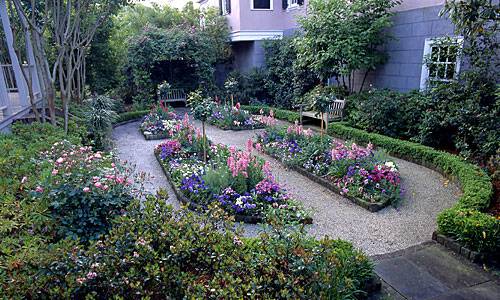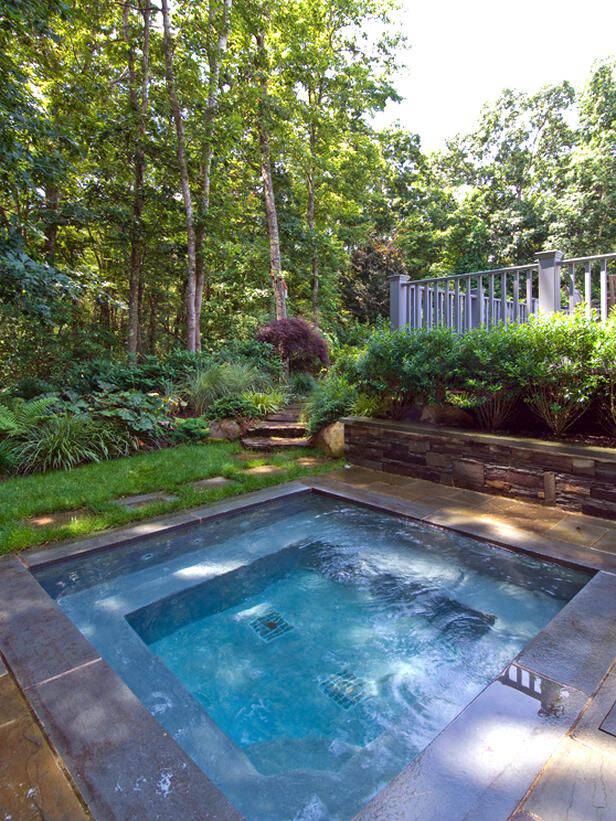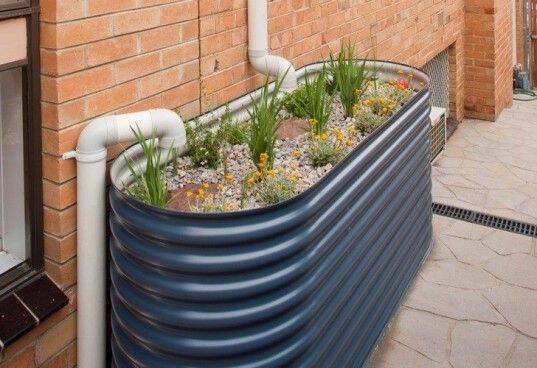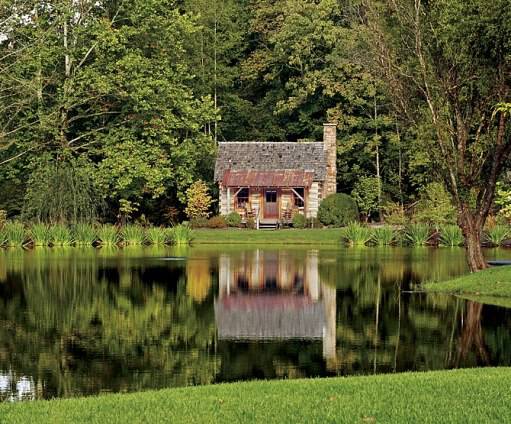We are on Instagram now!
Follow Mary Palmer @mpdargan at https://instagram.com/mpdargan/

Create Nourishing Flourishing Home Utopias
We are on Instagram now!
Follow Mary Palmer @mpdargan at https://instagram.com/mpdargan/


While many want to enjoy the benefits of a garden, the regular maintenance and grooming required can often be an unwelcome uphill battle. To combat this common problem, we recommend a low-maintenance perennial garden.
So, why are perennials such a perfect choice for a flower garden? I love how they return each year to deliver healthy doses of color and texture. Some perennials will even bloom in the winter. Also, the multiple possible color combinations allow you to activate your imagination and look at landscaping in a new, creative way.
How to Build the Perfect Perennial Flower Garden
The best piece of advice I can give when designing your new garden is to start small. The best way to display your perennials is in plant clumps of at least three to five plants of your favorite, most coveted species. Growing perennials together is the most practical option — it allows for easy planting, soil preparation, and care.
To create a manageable sweep, plan one that is between five and eight feet deep and twenty feet long. To define the boundaries of your garden, boxwoods or other evergreens anchor the ends and provide great edge definition. Taller-growing plants should be positioned in the back, or even at the center of an island bed, with the lower-growing plants centered in front or around the larger ones.
Nature likes to keep things interesting, so don’t be afraid to play along! I love Lychnis varieties, Stick Verbena, and Queen Anne’s Lace popping up in my beds. The variety is visually appealing and keeps the eye moving. Color blending your garden works well if you follow the color wheel and place complementary colors next to each other. For example, a splash of yellow is a stunning addition to a garden filled with reds and lavenders. Lighter flowers really make nearby dark flowers pop. When you choose perennials, look for full and colorful foliage with new growth appearing.
Do you feel inspired to add a perennial garden to your landscape? Browse through our photos for inspiration, and when you’re ready, contact us at Dargan Landscape Architects to schedule a consultation.

It’s no wonder why designers everywhere are creating spa-like environments in their client’s interior and exterior spaces. Spas provide experiences that are so relaxing and beneficial to your health that they are sought after by homeowners who want to recreate that experience in the comfort of their own homes.
When we made the decision to install a far-infrared sauna in our potting shed, it was part luxury item and part health equipment. Of course, the health benefits of far-infrared saunas are no secret.
Health Benefits of Far-Infrared Saunas
Typically, a one-person sauna is around forty-eight inches wide and thirty-six inches deep. We absolutely prefer far-infrared saunas because they promote perspiration while allowing you to avoid the overwhelmingly hot feeling associated with traditional hot rocks and wood-fired moist saunas. Far-infrared saunas are, however, electrically powered and need to be housed in a shelter. A conveniently placed outdoor shower is equally desirable due to the high amount of perspiration.
Garden spas can be constructed of stone, self-contained in a wooden tub, or ordered in plastic form for in-ground use. Spas are often associated with swimming pools and should be located near the pool house. They have hot water and massage jets that are operated by a pump commonly housed adjacent to the spa. While sizes of spas do vary, the most efficient ones are approximately five to six feet across and can comfortably hold two people. Generally, they are three feet deep with a conveniently placed seating ledge.
To see how we can help you relax and rejuvenate in a garden spa or sauna, contact Dargan Landscape Architects today to schedule a consultation.

At a typical home, rainwater gushes out of the downspout, across the lawn, into the street, and down a storm drain — never to be thought of by the homeowner again. What they’re probably not considering is pollution from storm drains is dumped into local streams, rivers, and bays. The clever few take rainfall and build rain gardens, and here’s why:
Tips on How to Build a Rain Garden for a Sustainable Landscape
Before you begin, ask your local Cooperative Extension Office to inform you about soil mix, garden size, and plants for your specific area. Start by obtaining one or more water storage barrels. You can acquire them used or online; just be sure to thoroughly clean them with soapy water. A barrel that can hold between 30 and 55 gallons is best, and you can connect two or three together as part of the same water collection system.
Creating a rich plant basin to collect and filter storm water involves three planting zones for wet, semi-wet, and dry conditions. When choosing native plants for your rain garden, you’ll need to consider the height, bloom time, color, and overall texture of each plant. Choosing plants that bloom at different times will result in a beautiful, long flowering season.
To give your rain garden the best chance of flourishing, seek out an area of your landscape that isn’t already overly soggy. We also suggest selecting plants that have a well-established root system. Generally, plants need one inch of water per week immediately after planting, so be sure to baby them!
Contact Dargan Landscape Architects today to start planning your sustainable rain garden.

The tale of Toad Hall is steeped in folklore. Toad Hall is a 32-acre residential property located in a magnificent valley in Tennessee’s Great Smoky Mountains. The property boasts historic log structures, a passageway barn, a writer’s cottage, a stone bank barn, and a potting shed. When it came time to design the landscape, the owners turned to our team here at Dargan Landscape Architects.
The owners had a vision to turn the whole site into a lush English-style garden with native plants, natural materials, picturesque pathways, and majestic trees. The approach and arrival sequence takes you on a long pastoral drive amidst covered bridges, wildflower fields, grazing sheep, a trout stream, and even a little white chapel. The trout stream runs parallel to the drive and leads you to the heart of Toad Hall, a meadow nestled between majestic mountain woodland and soaring mossy boulder cliffs on the edge of Blackberry Farm.
A geothermal pond in a private enclave near the trout stream makes for a mini oasis. Complete with a tulip poplar island with turkey sculptures, the picturesque pond inherently ignites the same childlike wonder as “The Adventures of Huck Finn.” Weeping willows line the lake, and a crescent moon can be spotted on the door of the log guest cottage. Rustic locust posts stand in place of lamp standards.
Arriving on the grounds, you are greeted by a gravel courtyard framed by a beautiful barn and stone shed. A pathway of orchard stones takes you through a grassy forecourt enclosed by billowing boxwoods. From tulip poplars to old-fashioned hydrangea to antique roses, native flowers weave in and out of the property, forming postcard-like backdrops.
The centerpiece of the site is a stunning eighteenth-century kitchen garden. The period design consists of four parts enclosed by an edible natural fence of espalier and apple trees. The four areas are separated by Kingsville boxwoods and are connected by rosemary and lavender in the center. Edges are constructed of tumbled cobblestone, and walkways are made of weathered stepping stones nestled in grass which help to blend the garden gracefully into the natural surroundings.
Read more about the enchanting landscape and log homes of Toad Hall in the Architectural Digest article online.
We’d love to see how we can help create your own home utopia. To learn more about our landscape design services, contact Dargan Landscape Architects online or by calling 404-231-3889.
Contact us to kick things off. This will be more fun than you think!
Get In Touch